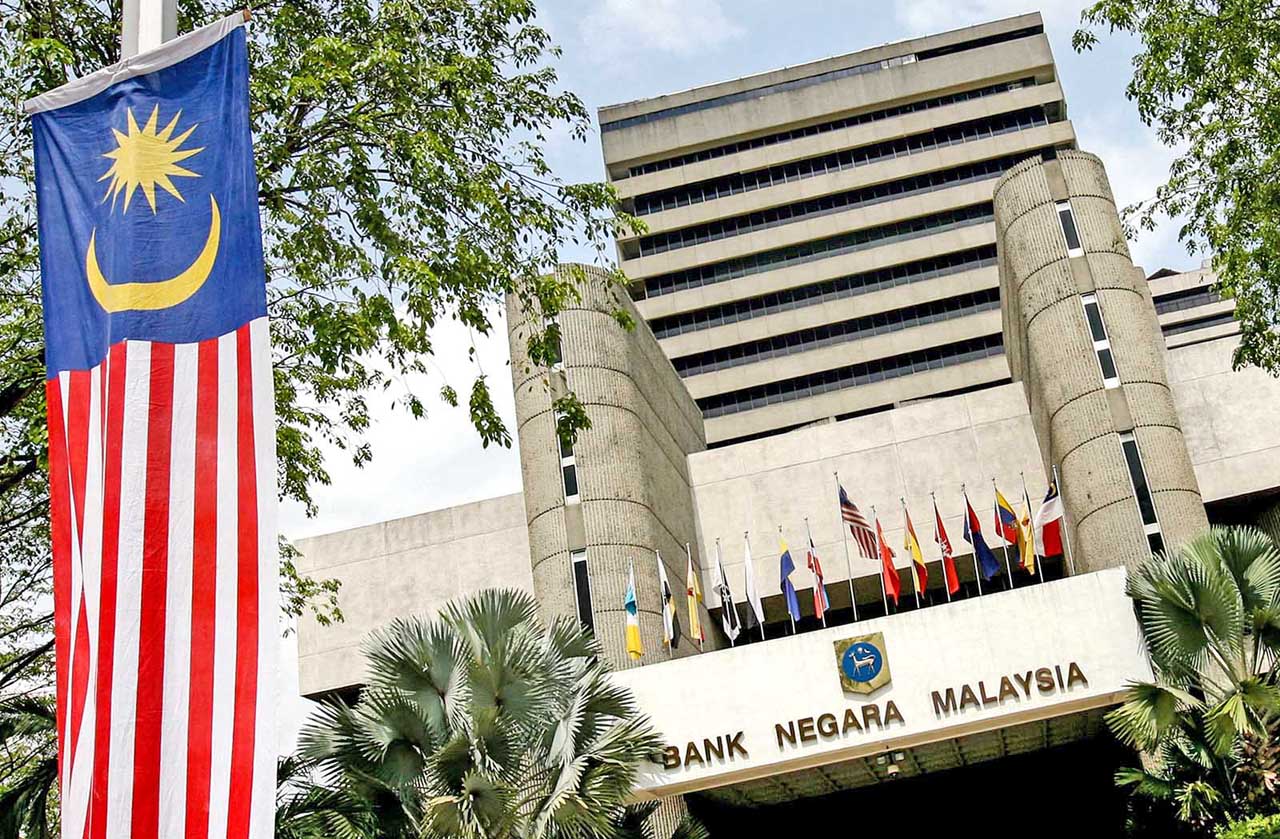BANK Negara Malaysia (BNM) has raised the overnight policy rate (OPR) by 25 basis points (bps) to 2% on May 11, marking the start of interest rate normalisation after two years long of ultra-monetary accommodation to lift the battered Malaysian economy out from the COVID-19 crisis.
During the pandemic, the OPR was reduced by a cumulative 125 bps to a historic low of 1.75% to stimulate the economy.
However, it is time to unwind the excessive monetary accommodation before we reach a point where the risks of monetary expansion outweigh the benefits of cheap credit in an environment of high costs.
A prolonged period of low interest rates would cause the mispricing of capital; misallocation of financial resources into unproductive spending and investment; and low interest rates have discouraged savings and incentivised investors to indulge in risky investing behaviour for short-term gains.
Low interest rates have a negative impact on consumption for those who depend on interest income to meet their expenses.
BNM said that a firmer footing of domestic growth validates a gradual removal of the degree of monetary accommodation amid increasing inflation pressures. Both headline inflation and core inflation (which measures the underlying demand induced inflation) are expected to move higher this year.
Core inflation increased by 1.7% in the first quarter of this year amid improving domestic demand and high-cost environment. The central bank estimates headline inflation to increase by 2.2%-3.2% while core inflation at 2%-3% this year.
Global inflationary pressures and a series of aggregated supply shocks show no signs of abating, and could worsen further given that the already supply constraints would take some time to catch up with the recovering consumer demand.

Another wild card to fuel inflation is the potential rationalisation of fuel subsidy. In addition, the weakening Ringgit also adds to a new layer of higher imported cost on the prices of goods and services.
A pre-emptive rate hike by BNM is timed on stronger than expected economic growth of 5% yoy in 1Q 2022. It is appropriate to move now than later as interest rate adjustment has a three-to-six-month lag impact on the economy.
A delayed action could make the increases in short-term inflation becoming persistent if the underlying demand momentum gets stronger. The concern is that inflation expectations may become unanchored.
From what has started as the supply constraints-induced cost-push inflation is now on the verge of developing into a wage-price spiral inflation. The implementation of a steep 25%-36% hike in minimum wage and its knock-on effect on other job grades would fuel inflation.
With rising prices of goods and services amid the shortage of workers, households may ask for higher wages to make up for reduced purchasing power due to inflation and higher cost of living, with firms probably raising prices to protect profit margins.
With the central banks in advanced economies, especially the US Federal Reserve is expected to raise interest rate higher to 3% or more by end-2022 to tame soaring inflation, emerging market economies, including Malaysia will continue to experience the gravity of capital outflows and downward pressure on their currencies.
Measured and methodical
The recalibration of monetary policy now is deemed appropriate to avoid the need for front-loading of rate hikes later, should the inflation risk get built into the price and wage-setting process.
By then, BNM may need to move interest rates faster and would be disruptive to the economy. Hence, the sooner interest rates are raised as economic activity recovers, the less interest rates will have to be increased aggressively later on to maintain price stability.
The central bank needs to stay ahead of the curve as it balances the risks between growth and inflation. As soon as economic conditions allow, the priority will be to rebuild policy buffers, not just in monetary policy but also in prudential and fiscal policies. These buffers would strengthen our economic resilience against future shocks.
However, the recalibration of monetary policy is not on auto pilot. The pace and scale of policy rate changes will depend on the strength of the recovery, the level of the output gap, inflation outlook and other economic indicators.
As stated in the Monetary Policy Committee’s statement, the removal of excessive monetary accommodation will be done in a measured and gradual manner to ensure that that monetary policy remains accommodative to support a firmer recovery while keeping a rein on inflation risk.
BNM will “methodically and systematically” normalise the policy rate to the point known as the “neutral rate” that it is neither too accommodative nor restrictive in supporting the economy.
The time lags necessitate a forward-looking and judgement where the economy is going to be and the anchoring of inflationary expectations. Based on the past OPR levels, the OPR was between 3% and 3.25% for the period May 2011- March 2019, and 3.5% for the period April 2006-October 2008.
The interest rate outlook though is for gradual monetary tightening, it is always important that the market and public have clear understanding of the central bank’s overall monetary stance and why the time has come to reduce monetary accommodation. This is the foundation of a predictability and credible monetary policy. – May 14, 2022
Lee Heng Guie is the executive director of the think-tank, Socio-Economic Research Centre (SERC).
The views expressed are solely of the author and do not necessarily reflect those of Focus Malaysia.










